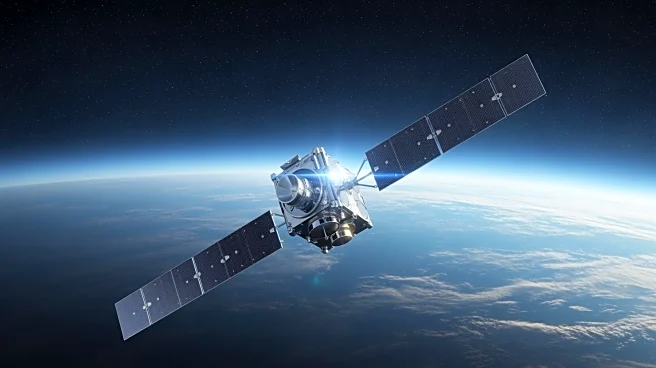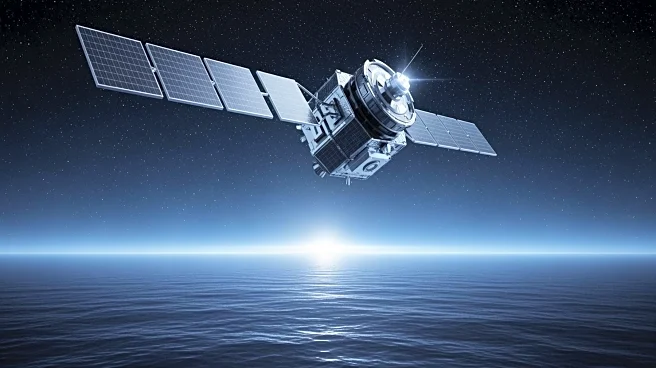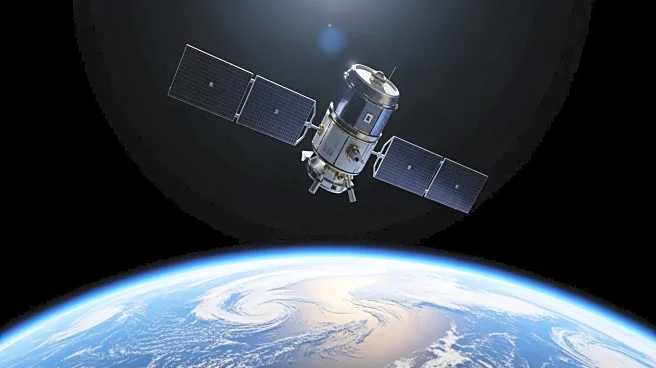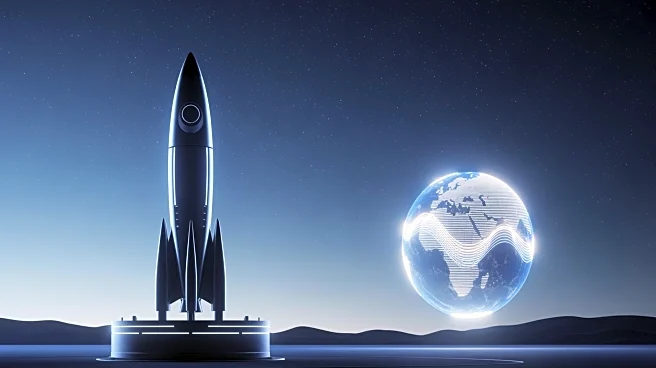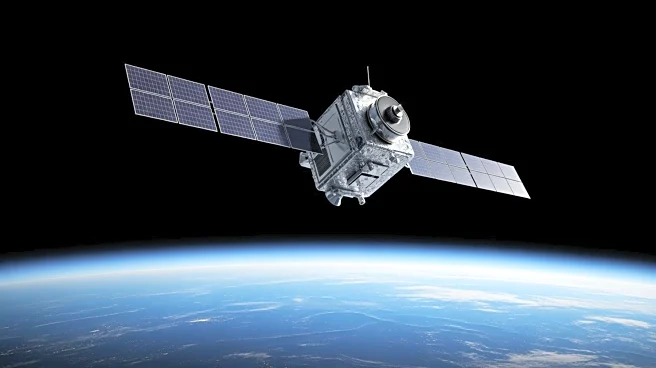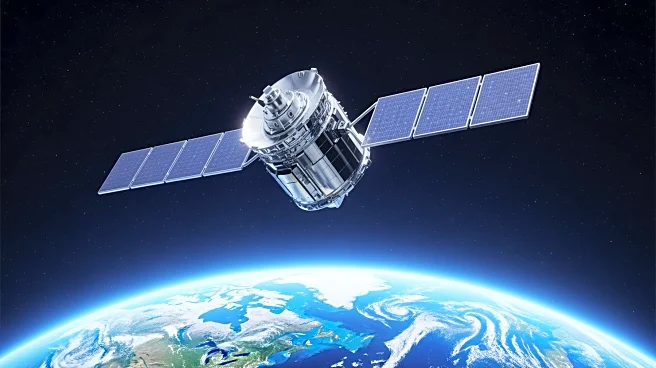What's Happening?
The Sentinel-6B satellite was successfully launched from the U.S. Vandenberg Space Force Base in California on November 16, 2025, using a SpaceX Falcon 9 rocket. This satellite is part of the Copernicus
program, a collaboration involving NASA, the European Space Agency (ESA), EUMETSAT, NOAA, and the European Union. Sentinel-6B is designed to monitor Earth's oceans and sea levels, providing critical radar data to track sea level rise and protect coastal communities. The satellite will operate in tandem with its predecessor, Sentinel-6 Michael Freilich, for one year to ensure calibration before taking over its duties. The mission aims to continue the collection of high-precision ocean topography data, crucial for understanding climate change impacts.
Why It's Important?
The launch of Sentinel-6B is significant as it ensures the continuity of vital data on sea level changes, which is crucial for climate change monitoring and policy-making. With 10% of the global population living in coastal areas less than 10 meters above sea level, the data collected by Sentinel-6B will help in planning and implementing measures to protect these vulnerable communities. The satellite's precise measurements of ocean topography, currents, and wave heights are essential for emergency response, urban planning, and infrastructure safety. This mission underscores the importance of international collaboration in addressing global environmental challenges.
What's Next?
Following its launch, Sentinel-6B will undergo a year-long calibration phase alongside Sentinel-6 Michael Freilich. After this period, it will take over the primary role of monitoring sea levels. The data collected will be used by governments and institutions worldwide to inform climate policies and strategies. The mission is expected to provide continuous data until at least 2030, supporting efforts to mitigate the impacts of climate change on coastal populations.
Beyond the Headlines
The Sentinel-6B mission highlights the growing importance of satellite technology in environmental monitoring and the role of international partnerships in advancing scientific research. The data from Sentinel-6B will not only aid in climate change mitigation but also enhance our understanding of ocean dynamics, contributing to a broader knowledge of Earth's climate system. This mission also reflects the increasing reliance on space-based technologies to address global challenges and the need for sustained investment in such initiatives.


